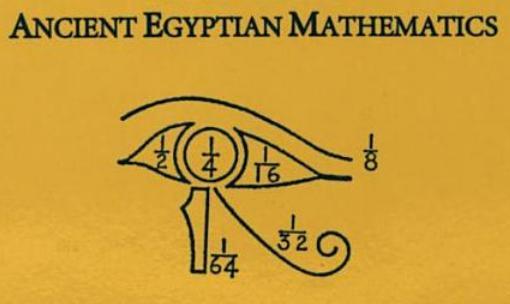- You have a quiz today, involving writing numbers in any given base, and, in particular, Mayan numbers. There may be something about Morse Code, and trees.
It turns out that binary (base-2) numbers are useful for not only writing any number in a unique way with only two fingers, but they were also useful to the folks who used the "primitive counting" scheme we learned at the beginning of the course. "Primitive counting" (counting by partition) of a number of sheep gives a string that is the same as the binary representation of that number.
Now we have a great way of checking our primitive counts, or of writing binary numbers: they're exactly the same. It turns out that primitive people may have been counting in binary, and today our best computers, the ones that find great big prime numbers (that are powers of 2 -- minus 1), do their counting the same way.
Two fingers are enough!
Let's do one more example, just to review: count 47 sheep, and compare to the binary number for 47.
- Let's consider today's Question of the Day: How did the Egyptians use Fraudini's trick?
 (image source)
(image source)
- Egyptian multiplication
- How
do we know what the Egyptians did?

- About the Rosetta Stone:
"The decree is inscribed on the stone three times, in- hieroglyphic (suitable for a priestly decree),
- demotic (the native script used for daily purposes), and
- Greek (the language of the administration).
(From the British Museum website about the stone)
The Greek text was deciphered in 1803, so it's astonishing that it took another 20 years to decipher the demotic, and then the hieroglyphics! - At the heart of Egyptian multiplication is this fact (we might call it the "Fraudini fact", or the "binary factorization"):
Every natural number is either a power of two, or can be expressed as a sum of distinct powers of two in a unique way. (I underline "distinct" because you cannot repeat powers: otherwise you could write, for example,
3=1+1+1 rather than3=2+1 (which is the unique binary factorization). - This should remind you of the prime factorization:
Every natural number is either prime, or can be expressed as a product of primes in a unique way. - I'll illustrate Egyptian multiplication: let's try 23*42 (=966):
1 42 2 4 8 16 32 too big! - Now let's show that the order using the technique doesn't
matter, trying 42*23:
1 23 2 4 8 16 32 64 too big! - Let's try a longer multiplication. Consider, for example, 321*112:
1 321 2 4 8 16 32 64 128 Too big! Now add up those rows marked with an asterix (*), and you'll get the answer (35952).
- How
do we know what the Egyptians did?